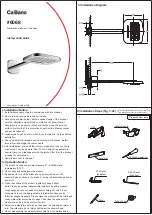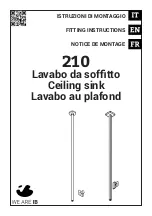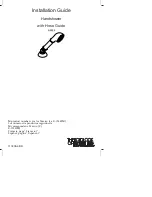
7 — CANopen COMMUNICATIONS
Curtis Model 3150R – Oct. 2022
pg. 32
PDOs
RPDOs 1–3 and TPDO 1 and are preconfigured to transmit and receive data used by Model 3150R’s
user interfaces. The following topics describe PDO considerations and the preconfigured PDOs.
Note: RPDO4 and TPDOs 2–4 are reserved.
PDO COB-IDs
The following table lists the bits that define a PDO COB-ID:
Bit(s)
Description
31
Indicates whether the PDO is enabled. 0b indicates enabled.
30
Reserved
. Always 0.
29
Indicates whether the COB-ID is 11 or 29 bits. The device supports only
11-bit COB-IDs, so the value is always 0.
11–28
Bits that would be set for 29-bit COB-IDs. For the 3150R, these bits = 0.
7–10
The PDO’s function code. The function codes are listed below:
• RPDO1: 0100b
• RPDO2: 0110b
• RPDO3: 1000b
• RPDO4: 1010b
• TPDO1: 0011b
• TPDO2: 0101b
• TPDO3: 0111b
• TPDO4: 1001b
0–6
The device’s node ID.
For example, if the device’s node ID is 2Eh and RPDO1 is enabled, the RPDO1 COB-ID is 22Eh.
PDO Timing
The 3150R’s PDOs are asynchronous and are periodically transmitted and received. The device does
not support synchronous PDOs. The following list describes the PDOs’ event times:
• RPDOs: 60,000ms (1 minute). If the device does not receive data within one minute, it displays *,*.
• TPDOs: 40ms
Preconfigured PDOs
Some RPDO bytes receive fault codes and fault types for traction, pump and steering controllers.
The following list describes the data for these bytes:
• Fault codes: The four most significant bits are the fault code’s first character and the four least
significant bits are the second character. The fault code characters range from 0–9 and A–F. 0h
indicates that the component does not have an active fault. For example, if a device’s fault code
byte specifies B2h, the fault code is B2.
• Fault types: The fault types range from 0–99. The raw data ranges from 0–63h. 0 indicates that
the fault does not have a fault type.












































